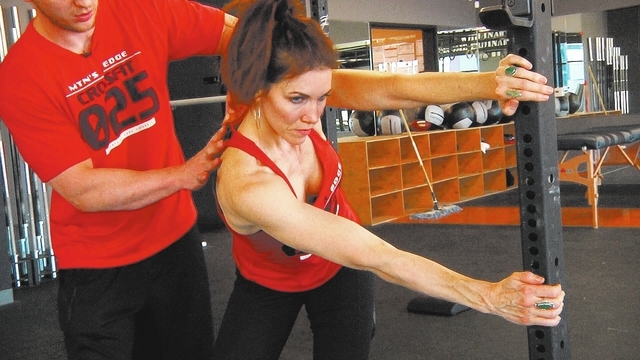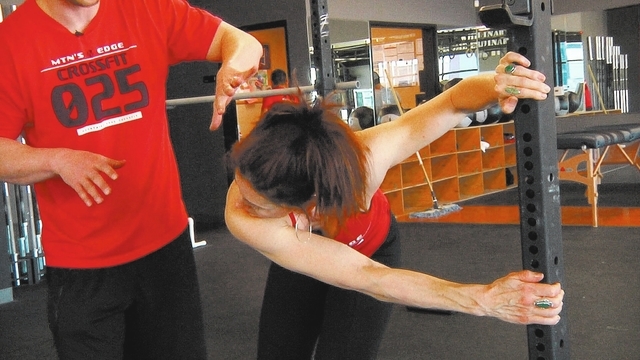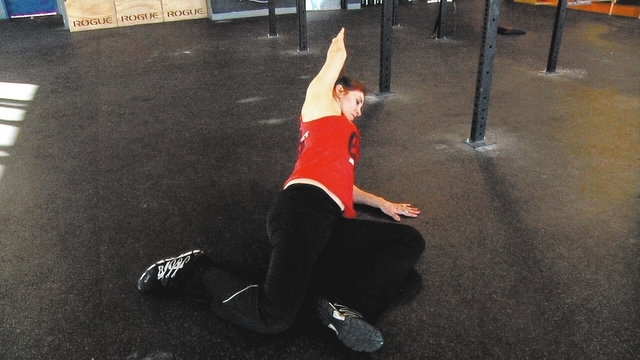Listening to your pain can help you get stronger




Pain is a wonderful teacher. It instills a sense of caution and respect for our surroundings.
As a kid, I went camping a lot with my Boy Scout troop. In every troop there is a kid overly fascinated by the campfire. Warning after warning, he still tries to play with it like a puppy. Between constant volunteering to add another log to the fire, he tries to catch one thing or another on fire. Before long, he gets a nickname like “pyro” or “second degree” for accidentally burning himself.
My burns have long since healed, but I have never forgotten the valuable lessons pain can teach.
Pain can be a part of exercise and physical activity. Most people have felt the muscle soreness from a long hike or a weekend helping a friend move. Even though the soreness “hurts,” you know it is nothing to be too concerned about. It will go away in a few days as you allow your body to heal itself. In this case, pain is telling you to go easy on the major movements until the body can recover.
Most people can tolerate some degree of soreness after increased physical activity. The body will adapt and become stronger as a result.
But what if the soreness doesn’t go away? Or every time you use a certain muscle it hurts right away and/or doesn’t stop hurting for a week or so. In that case, pain is trying to tell you something else.
As muscles get used they can become tight. Without being allowed or promoted to relax, they can start to ache consistently. Just because you aren’t actively using an aching muscle doesn’t mean it can relax. You may need to intervene with some stretching or foam rolling.
The back can be a tricky area for aches and pain. It may be difficult to determine exactly what hurts because of the layers of large and small muscles that wrap the trunk. By contrast, it’s fairly easy to determine which muscle hurts in your leg and how to fix it. If the front of the thigh hurts, roll and stretch the front of the thigh.
However, if the back hurts, rolling and stretching becomes tricky. Is the pain related to the muscles or is it related to bones? Is it focused at the lower, middle or upper back? Does the pain feel close to the surface or is it a deep pain? Defining the pain is the first step to determining what to do about it.
You may be able to improve yourself with some stretches or foam rolling. If you don’t see results after a week or two, then seek the advice of a professional.
In my experience, if the larger muscle groups of the back are in good condition, most other muscles will be, too. Today’s stretches are for some large areas that can be neglected. You don’t need to be in active pain to try these. If you feel you could use better range of motion or are simply curious to test your back’s mobility, give them a try. You may be surprised.
Rhomboids connect your shoulder blades to your spine. When I write about straightening the back or pulling the shoulders back, I am getting you to activate the rhomboids. You don’t see them too much when looking at a bare back. They are mostly under the trapezius muscle. You may see part of them in someone who has a lean back.
The thoracic spine isn’t a single muscle but a spinal region with many muscle attachments and origins. It aids in flexion, extension and rotation of the spine. Back musculature is especially interconnected. Manipulating one thing will affect others. Stretching the thoracic spine area will stretch many muscles all at once.
A tight T-spine can affect how the body moves in many ways. It can decrease range of motion in many movements. Tight thoracic muscles can cause the attachment sites to feel tender. Much of the back musculature is attached at the low back and the top of the pelvis. Loosening the T-spine can relieve tension along the attachment sites of the involved muscles.
Try performing these stretches for a few weeks and see if you move better. Tight muscles can decrease strength by as much as 30 percent. You may even get stronger.
Chris Huth is a Las Vegas trainer. He can be reached at 702trainer@gmail.com. Consult your physician before beginning any exercise program.












